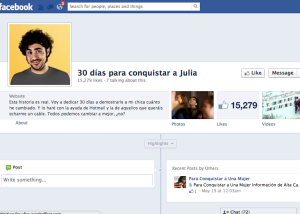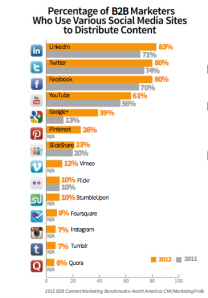The Coca Cola Social Media policy was developed in order to guide all employees and associates in the propers use of social media and all online marketing communications. The Policy specifically states that the policy was developed to “empower our associates to participate in this new frontier of marketing communications, represent our Company and share the optimistic and positive spirits of our brands.”
I think it is smart to begin the policy by aligning to new policy with the companies core standards. The company continues to develop the policy by aligning it with Coca Cola’s values of leadership, collaboration, integrity, accountability, passion, diversity and quality. Coca Cola clearly explains that these values are the guiding forces behind how the marketing communications team builds the brand.
I cane see that Coca Cola really puts emphasis on their core values in all their policies. The policy continues to develop the social media policies directly to Coca Colas 5 core values of the online social media community. They are transparency, protection, respect, responsibility and utilization.
The policy then takes a different tone and begins to address all of Coca Cola’s associates, agencies, third vendor parties and spokespeople. The policy becomes a little repetitive by restating that all online marketing communications align with Coca Cola’s core values. One highlight of the policy is that it points out the difference between “speaking on behalf of the company” and speaking “about the company.” It then lists 5 principles for personal and unofficial online use. These principles are basic lessons. Things that everyone knows about the internet. This part seems a little unnecessary because all marketing and communications specialists should already know this.
The last list of polices are guidelines when speaking on behalf of the Coca Cola brand. The ten guidelines are much more specific. They almost seem like requirements for becoming a spokesperson for Coca Cola. To be a spokesperson for Coca Cola a lot of certifications are required which is smart for a brand this big.Overall I think Coca Cola’s social media’s policy lays out very well that online marketing is still a representation of the Coca Cola brand and should still adhere to the company’s core values. There does tend to be some redundancy in the policy but I know it is there to emphasize a point.








